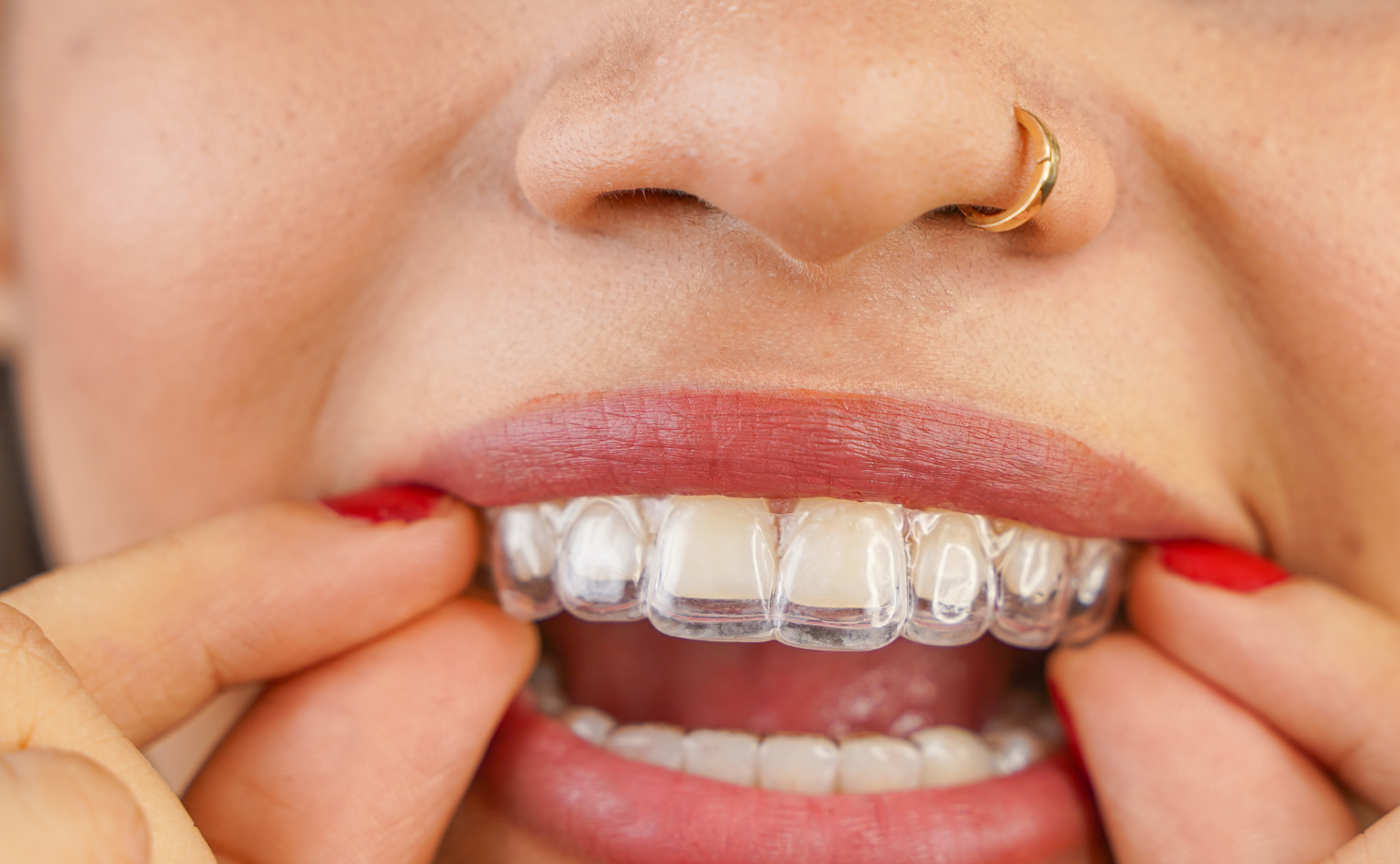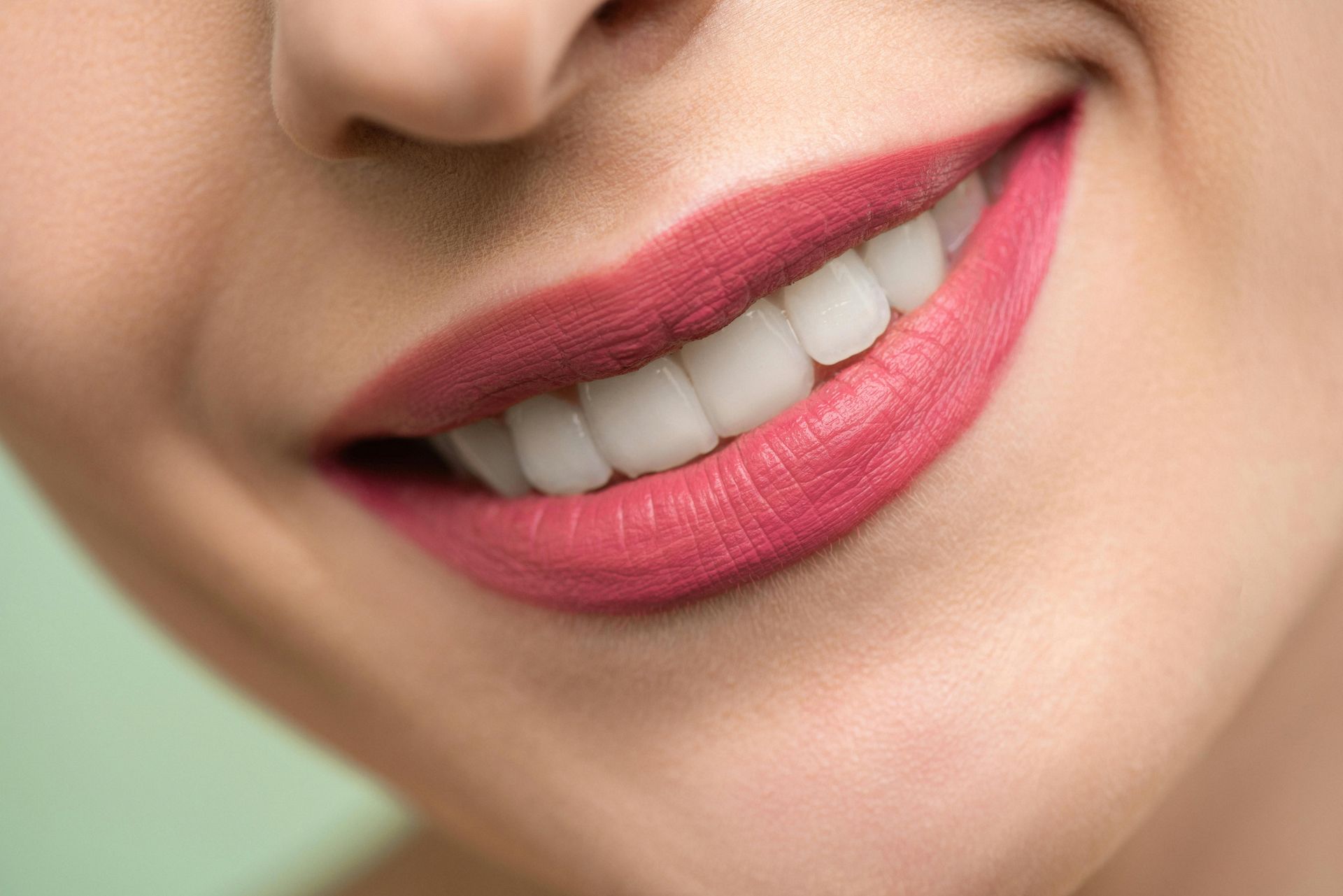Are Dental Bridges Right for You? Factors to Consider Before Treatment at Austin Elite Smiles
Smiling is a universal expression of joy and confidence. But missing teeth can make you feel self-conscious and hinder your ability to chew, speak clearly, and want to flaunt your smile. Luckily, modern dentistry offers solutions like dental bridges to restore your complete smile and oral function.
At Austin Elite Smiles, we understand the importance of a healthy, beautiful smile. Let’s explore dental bridges, a popular option for replacing missing teeth. We'll discuss factors to consider before treatment to help you determine if they're the right choice for you.
What are Dental Bridges?
A dental bridge is a fixed prosthetic appliance that literally bridges the gap created by one or more missing teeth. It consists of artificial teeth, usually made of porcelain, fused to crowns placed on the healthy teeth on either side of the gap. These crowns act as anchors, holding the bridge firmly in place.
Benefits of Dental Bridges
Dental bridges offer several advantages:
- Improved Aesthetics: Bridges restore your complete smile, boosting your confidence and self-esteem.
- Enhanced Chewing Function: Missing teeth can make chewing difficult. Bridges allow you to chew comfortably, promoting better digestion and overall health.
- Clearer Speech: Gaps in your teeth can affect your speech. Bridges improve your ability to speak clearly and effortlessly.
- Prevents Shifting Teeth: Missing teeth can cause surrounding teeth to shift out of position, leading to bite problems. Bridges maintain the natural alignment of your teeth.
- Supports Facial Structure: Missing teeth can impact your facial structure. Bridges help maintain a youthful appearance by supporting the facial contours.
Types of Dental Bridges
There are several types of dental bridges, each suited for specific situations:
- Traditional Bridges: These are the most common type, consisting of crowns placed on the teeth flanking the gap and artificial teeth in between.
- Cantilever Bridges: Used when there's only one healthy tooth next to the gap. The artificial tooth is anchored only to this single tooth.
- Maryland Bridges: These bridges use metal wings bonded to the backside of the adjacent teeth for support, minimizing the need to alter the healthy teeth significantly.
Are You a Candidate for Dental Bridges?
Dental bridges are a versatile solution for many patients, but several factors influence their suitability:
- Overall Oral Health: Your dentist will assess your teeth and gums. Healthy teeth with strong enamel are ideal for supporting a bridge. Gum disease or other dental issues may need treatment before bridge placement.
- Jawbone Health: Bridges rely on healthy jawbone for support. If you've experienced bone loss due to missing teeth for a long time, dental implants might be a more suitable option.
- Number and Location of Missing Teeth: Bridges are effective for replacing one or several missing teeth in a row. If you have multiple missing teeth spread out or lack sufficient healthy teeth for anchoring, alternative solutions might be recommended.
- Age: While bridges can be placed at any age, dentists typically avoid them for young children whose jaws are still developing.
The Dental Bridge Procedure at Austin Elite Smiles
If dental bridges are right for you, the process at Austin Elite Smiles typically involves:
- Consultation: We'll discuss your concerns, examine your oral health, and determine the best bridge type for your situation.
- Preparation: The teeth flanking the gap will be slightly reshaped to accommodate the crowns.
- Impression and Temporary Bridge: Impressions of your teeth will be taken to create a custom bridge. A temporary bridge might be placed for aesthetics and function while the permanent bridge is fabricated.
- Bridge Placement: Your dentist will permanently cement the bridge onto the prepared teeth.
- Follow-up Care: Regular dental checkups and proper oral hygiene are crucial for maintaining the bridge's longevity and your oral health.
Alternatives to Dental Bridges
While dental bridges offer numerous benefits, they might not be suitable for everyone. Here are some alternative solutions:
- Dentures: Removable appliances that replace all teeth in an arch.
- Dental Implants: Surgically placed artificial tooth roots that support individual crowns or dentures. Implants offer a more permanent and natural-looking solution but require a surgical procedure.
Cost of Dental Bridges in Austin, Texas
The cost of dental bridges in Austin, Texas, can vary depending on several factors, including:
- The type and material of the bridge
- The number of teeth being replaced
- The complexity of the procedure
- Dental insurance coverage
At Austin Elite Smiles, we offer transparent pricing and flexible payment options to make dental care affordable. We'll provide a detailed cost estimate after the consultation.
Schedule a Consultation at Austin Elite Smiles Today!
If you're considering dental bridges to restore your smile and oral function, contact Austin Elite Smiles today. At
Austin Elite Smiles, your dream smile is our passion.
Dr. Lowery, an accredited member of the American Academy of Cosmetic Dentistry, brings years of expertise and a keen eye for aesthetics to every cosmetic dentistry procedure. We utilize the latest technology and techniques to create dazzling, natural-looking results that boost your confidence and overall well-being.
Contact us today or visit our
website to
schedule
online.














